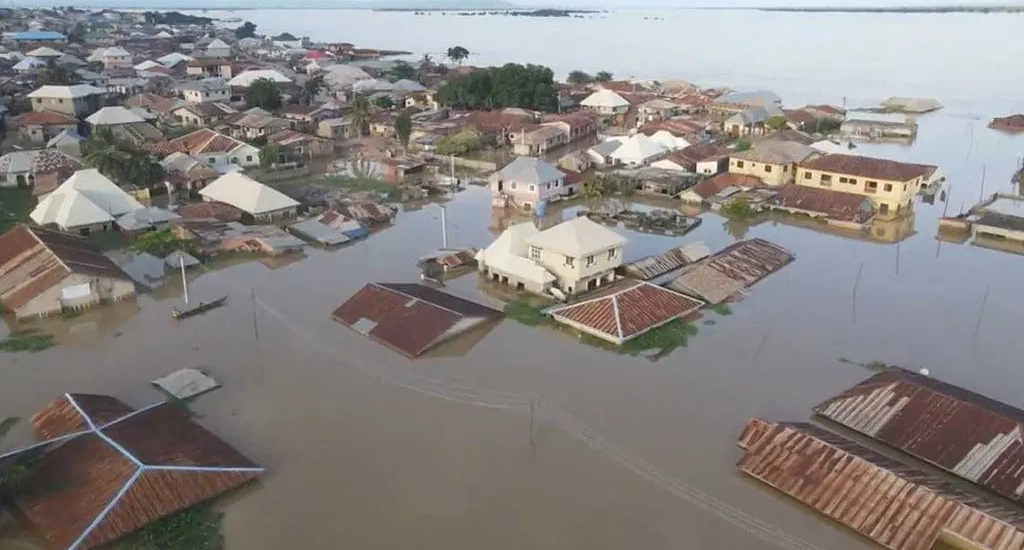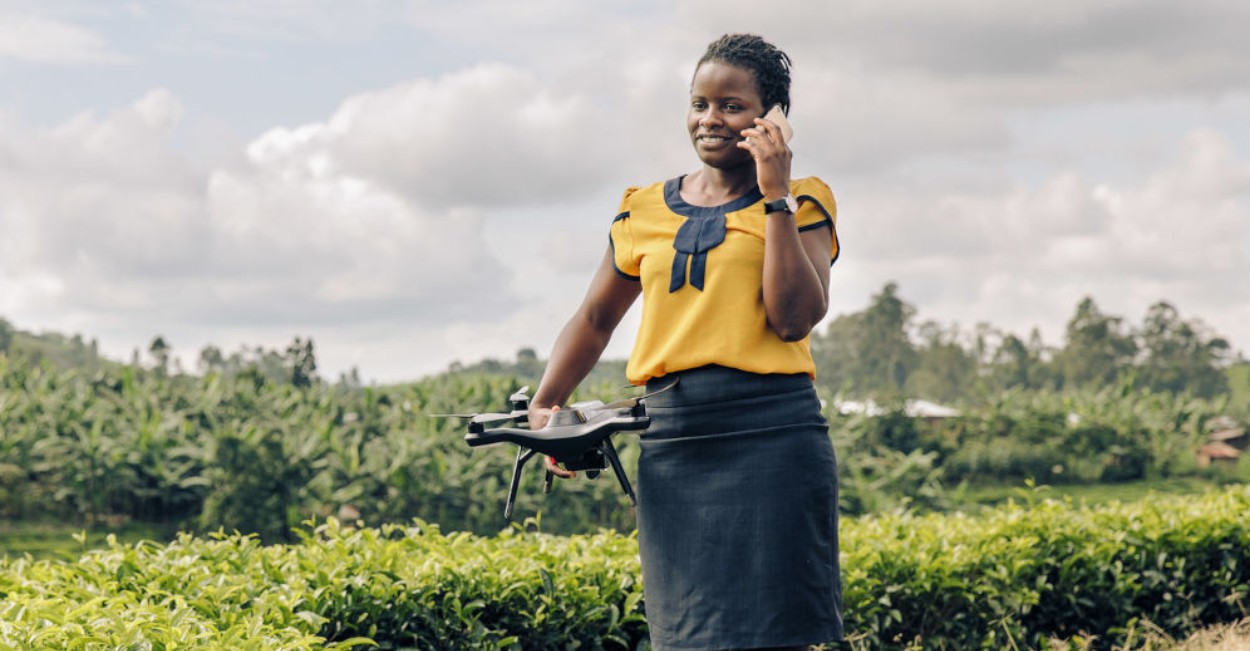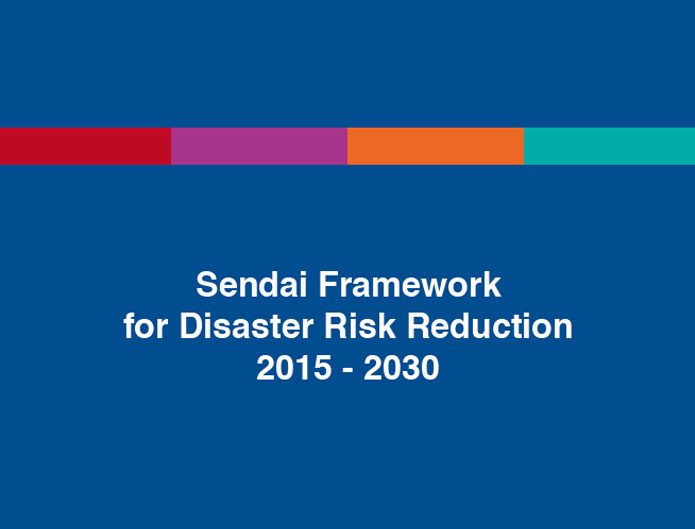Nigeria’s Youth: Forging Resilience, Shaping Tomorrow
- October 13, 2024
- Posted by: Hub Admin
- Categories: Article, Climatic Justice, Environmental Protection, Latest News & Events

By Pamela Udejimba
As Nigeria and the world at large struggle with the increasing risks posed by climate change, it has become clear that disaster risk reduction (DRR) is no longer optional.
Disaster risk reduction (DRR) aims to protect the lives and livelihoods of communities and individuals who are most vulnerable to disasters or emergencies. DRR reduces the negative impact of environmental disasters on those who stand to lose the most.
The role of the youth in Nigeria’s future
In Nigeria, where 60% of the population are young people, it is impossible to talk about the future without talking about them. When it comes to DRR, the question we need to ask is: how can we ensure that our children and youth are better prepared to handle the environmental disasters we currently face?
Leveraging technology for disaster preparedness

We live in an age of technology, and this gives us an edge in preparing for disasters. Our younger generation already makes use of digital tools for everything from education to businesses. So, why not disaster preparedness and management? Early warning systems powered by mobile apps, for example, could be a game-changer in flood-prone areas like the middle belt and south-south. However, the key is involving young people in the design and implementation of these solutions.
Grassroots initiatives and youth engagement
In coastal communities, such as Bayelsa, youth groups have been actively engaging in grassroots initiatives to raise awareness of flood risks and mitigation strategies, often with limited resources. Now, imagine what could be achieved if these initiatives received more support from both government and private sectors.
Aligning with global frameworks
 Globally, frameworks like the “Sendai Framework for Disaster Risk Reduction” encourage youth participation in DRR, and Nigeria must seek to align itself with such structures. Beyond aligning, however, we also need to push for spaces for youth leadership at every level, because disaster preparedness has to come from within communities, led by those who will inherit the future.
Globally, frameworks like the “Sendai Framework for Disaster Risk Reduction” encourage youth participation in DRR, and Nigeria must seek to align itself with such structures. Beyond aligning, however, we also need to push for spaces for youth leadership at every level, because disaster preparedness has to come from within communities, led by those who will inherit the future.
The goal of the Sendai Framework is to prevent new and reduce existing disaster risk . This requires an all-of-society engagement and partnership.
Challenges facing youth engagement in DRR
We cannot deny that young people in Nigeria face challenges when it comes to fully engaging in disaster risk reduction. One of the biggest barriers is the lack of resources. Training programmes and access to funding are limited, especially in rural areas. For the young who are already working on disaster risk reduction, this can be a major setback. Young people are often also not being included in national policy discussions and we need to change that as DRR policies need to prioritise youth inclusion.
Education and practical experience
Empowering the next generation to build a resilient future starts with education. If we want young people to lead, we must first equip them with the knowledge and skills to do so. It is important to integrate disaster risk reduction into the educational curriculum. But beyond that, we should encourage practical, hands-on experiences. This can be done through school-based disaster preparedness programmes, community outreaches, and simulation exercises.
Funding and supporting youth-led initiatives
Furthermore, we need to fund and support youth-led initiatives. It’s not enough to talk about youth empowerment, we have to put our money where our mouth is. Imagine if young Nigerian innovators developing climate-smart technologies had access to research funding, grants and mentorship programmes. This would have a huge positive long-term impact on national resilience.
Investing in the youth for a resilient future
Nigeria’s future, in many ways, especially with regard to climate change and environmental protection depends on how well we prepare today. By investing in our young people, providing them with the necessary tools, and including them in policy discussions, we can ensure a safer and more resilient future for all Nigerians. As Nigeria and the world at large struggle with the increasing risks posed by climate change, it has become clear that disaster risk reduction (DRR) is no longer optional.
